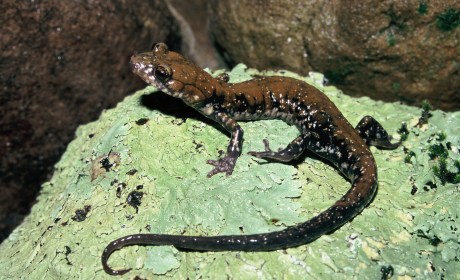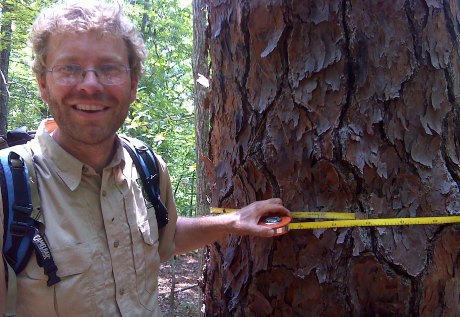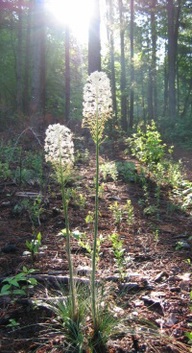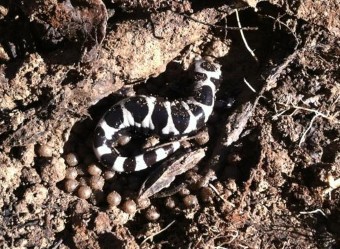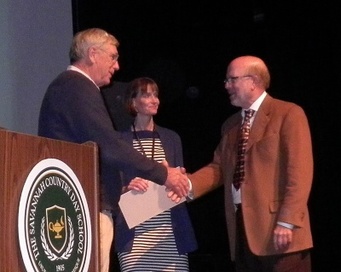Clutch Find for Rare Salamander
Georgia Department of Natural Resources sent this bulletin at 11/25/2014 06:00 PM EST
'New' natural communitiesSprewell Bluff-area surveys in 2012 documented new communities considered globally rare, including hog plum glades, which are unusual grasslands found along rocky ridgetops that often harbor rare plants, and longleaf pine heath bluffs, open-canopied forests found on steep cliff sides that have a rich understory of mountain laurel, rhododendron, blueberries and other heath species. Quotable“Our ownership on Pine Mountain, adjacent to old-growth montane longleaf stands, provides a unique opportunity for us to actively restore a historic plant community while still producing valuable wood products.” Forestry for WildlifeGov. Nathan Deal recognized Plum Creek and CatchMark Timber Trust, along with Georgia Power, in February as 2013 partners in DNR’s Forestry for Wildlife Partnership. This voluntary program promotes sustainable forest and wildlife conservation in corporate forestry practices. Noteworthy A survey for Georgia alder, a rare subspecies of seaside alder, turned up more plants than thought in Bartow County’s Drummond Swamp. The helicopter search of the 200-acre swamp, the only known site of the species, increased the documented number of areas dense with Georgia alder from two to six and estimated the total count of stems at a half-million to 750,000.
Headlines (+ video) "Cameras set up for Savannah eagles, but owls have other plans," Savannah Morning News Video "The last dragons - protecting Appalachia's hellbenders," Freshwaters Illustrated
|
|
|
 Georgia Wild is free, sent twice monthly (except December through March) and focused 
|



